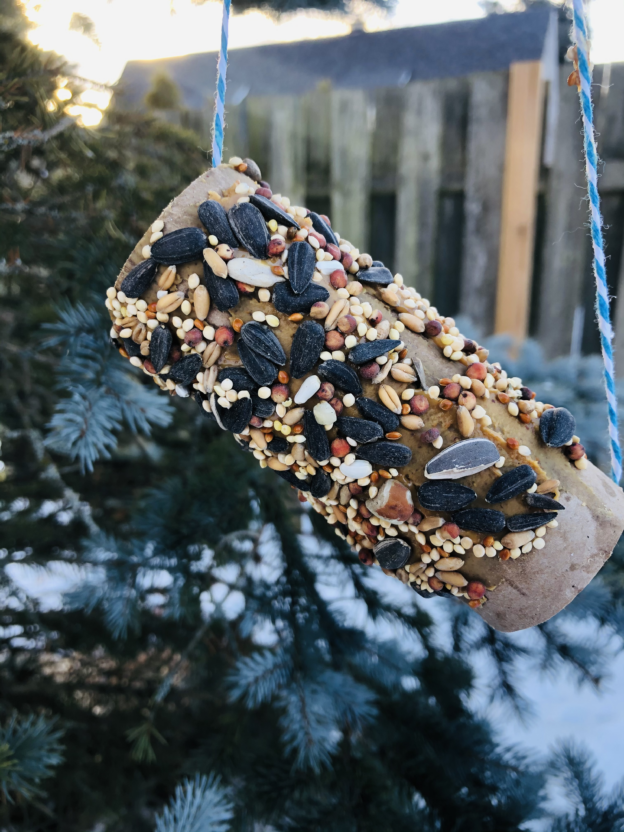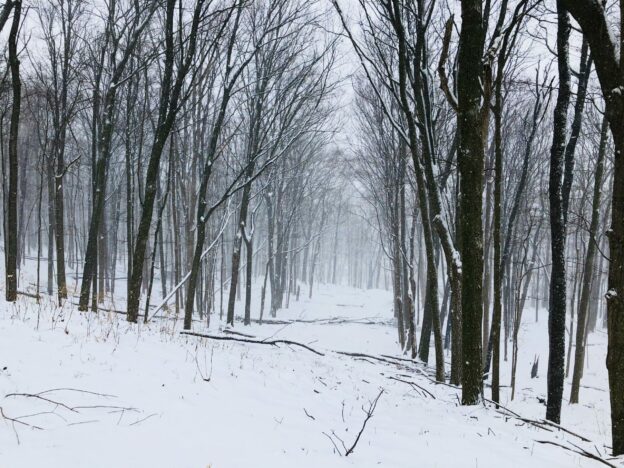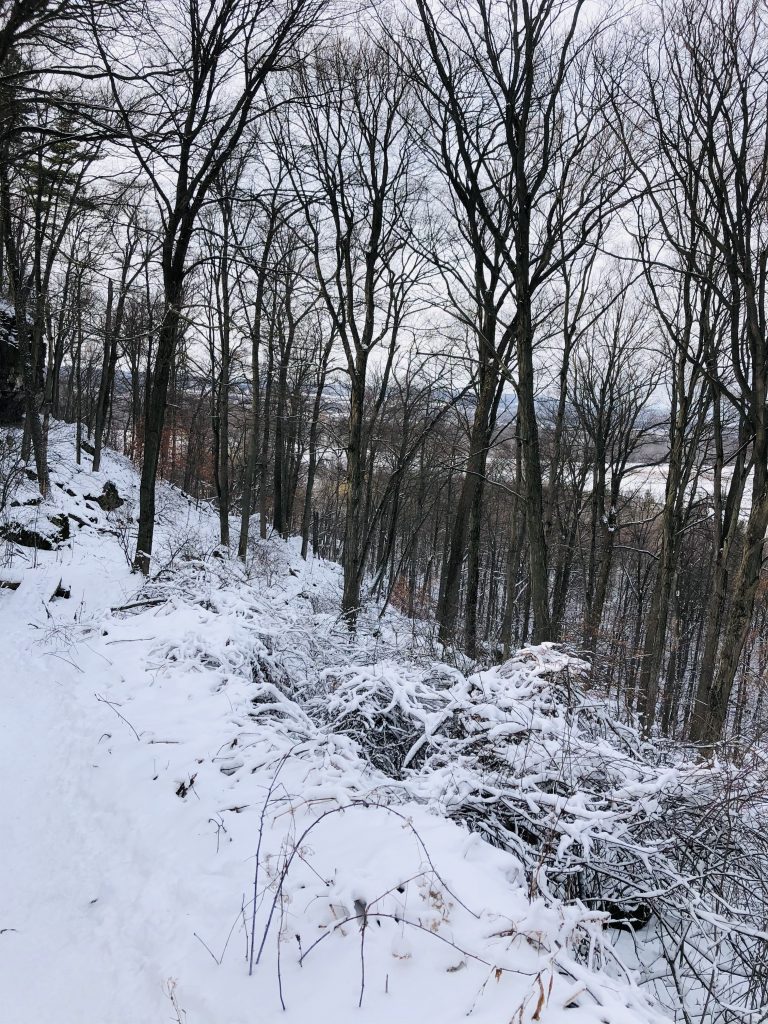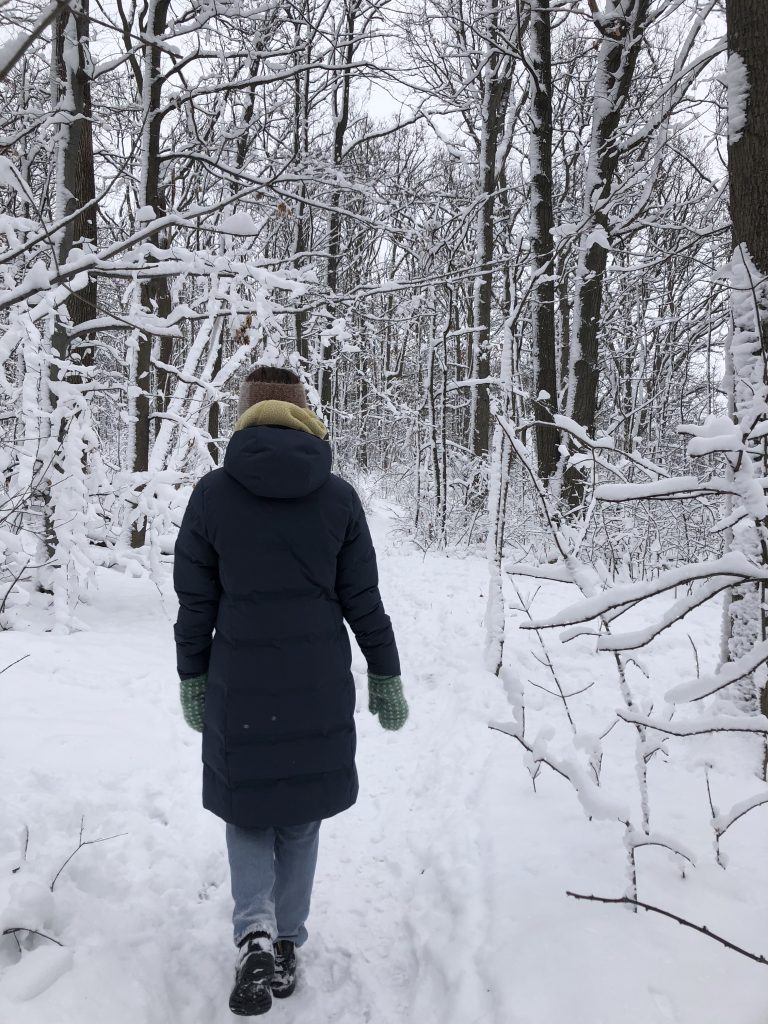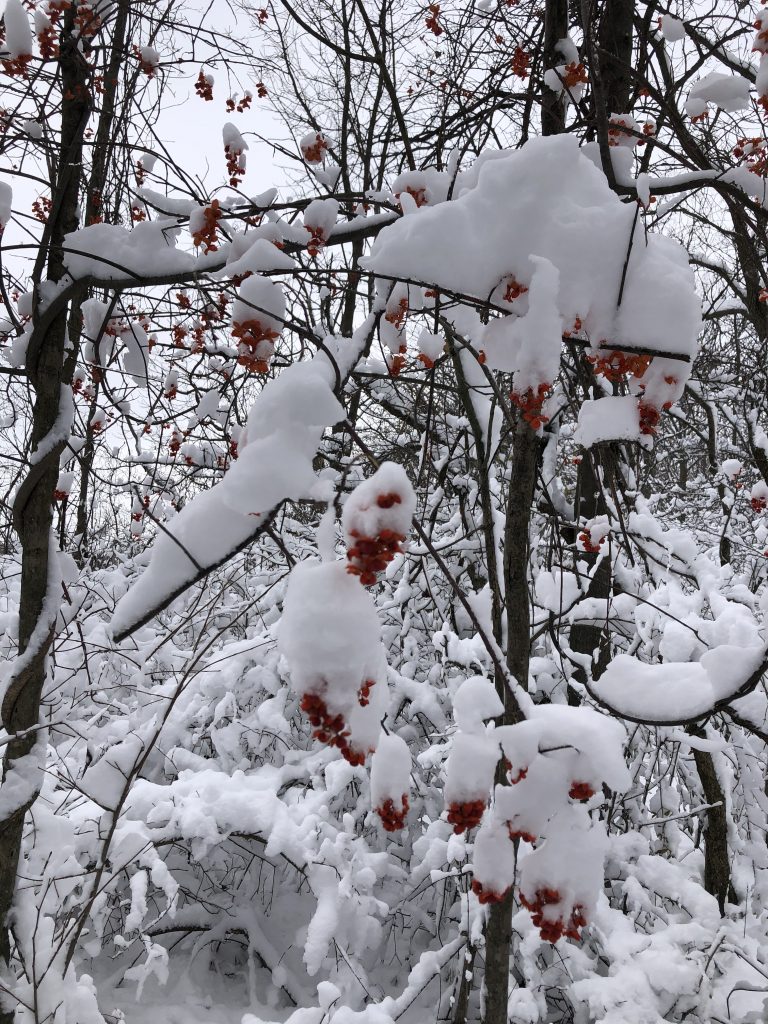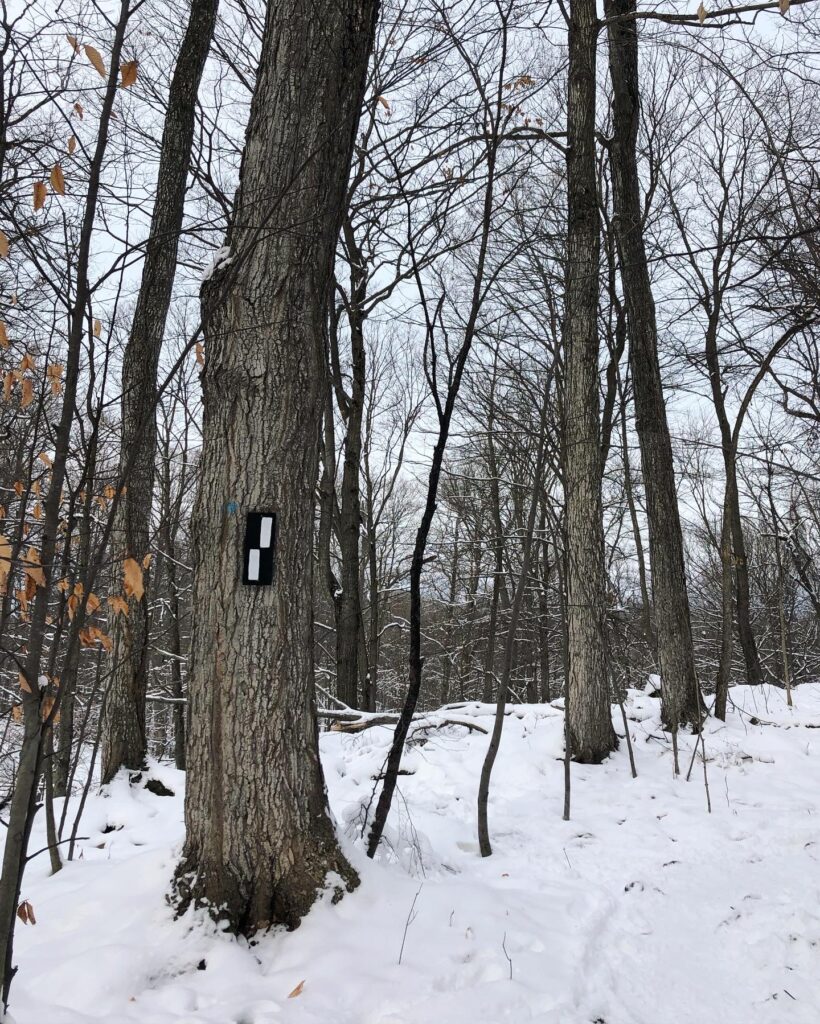Looking for something easy and fun for the whole family to partake in this winter? Why not give birdwatching a try!
You may enjoy hanging up a bird feeder near a window and watching as birds flock in for a treat.
The best foods to offer birds in colder weather have a high fat or oil content that will provide abundant energy for winter survival. Nutritious winter foods for birds include black oil sunflower seeds, peanut butter, peanuts, suet, millet, and thistle seed (nyger). Most of those can be found in your average wild bird seed mix. Fresh berries could be an extra special treat to leave out for birds in the winter!

A fun activity for you and your family this winter could be making your very own bird feeder and watching to see which birds come for a snack!
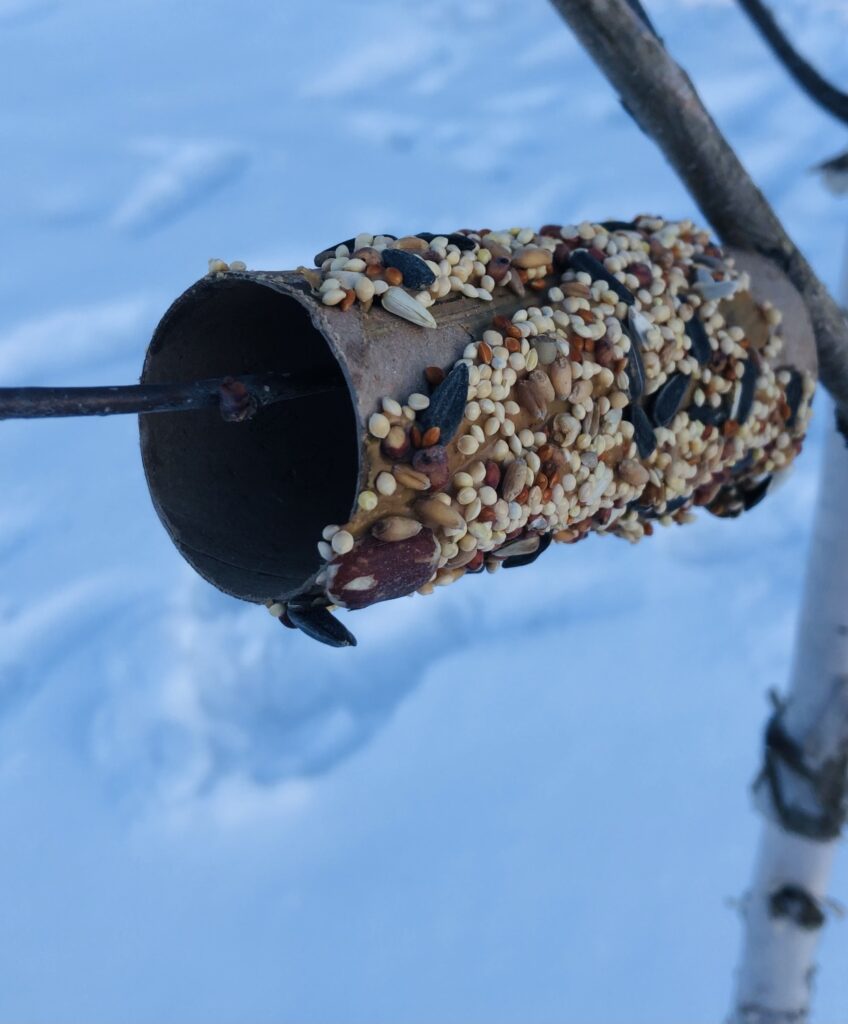
A simple way to make a bird feeder using supplies you might already have at home is to coat a toilet paper roll in peanut butter (or suet) before rolling it in seeds and nuts. You can simply place it on a branch, or you can string some twine or ribbon through it for hanging.
Consider putting up a tracking sheet for you and your kids to tally the number of times you see certain birds in your backyard, or while on a nature walk. Here are some common birds you might spot in the winter Southern Ontario:
- Cardinal
- Blue Jay
- Black-Capped Chickadee
- Mourning Dove
- House Sparrow

